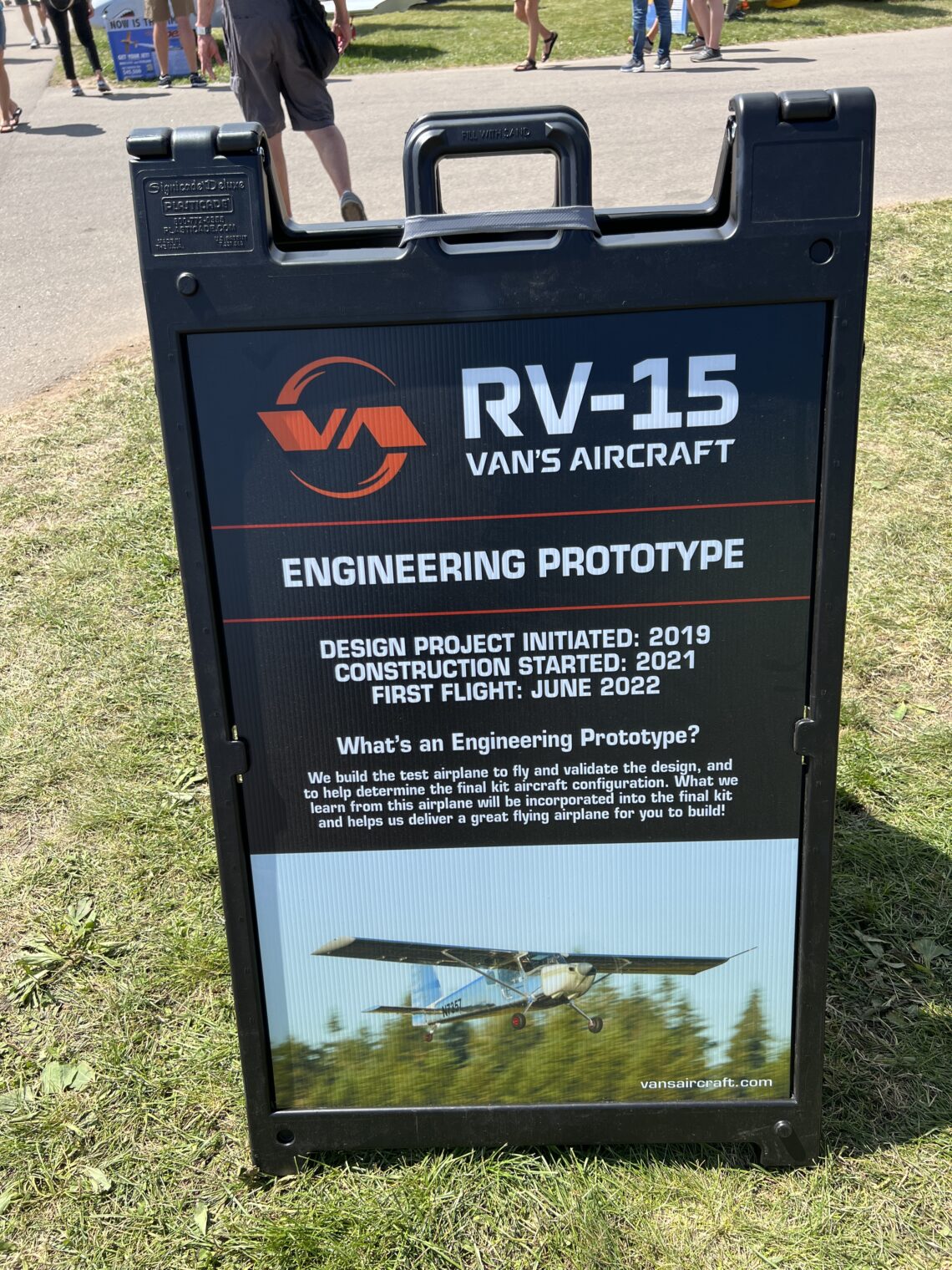Certified fossil fuel-powered aviation has been notable for the slow pace of innovation. As the world of the consumer has been transformed, the typical aircraft flying is a refined version of what pilots operated during World War II. Through 2019, it would not have been unfair to characterize the pace of innovation as glacial. Coronapanic, however, has slowed the pace to geologic. Garmin, the 500 lb. gorilla of general aviation avionics, had nothing new to show. “All of our engineers have been working on getting certification to use substitute parts in existing designs,” explained a senior sales exec. “Even with the substitutions, we had a 9-month backlog that is now down to 90 days.” Three months to get an 11-year-old nav/com doesn’t seem like a great situation for consumers, but the sales guy said, “It takes 4-6 months to get a slot at any avionics shop, so our lead time doesn’t slow anyone down.” (This does not seem to be true for autopilot installations; Garmin has been shipping partial kits and, if the shop starts work based on Garmin’s forecast delivery dates for the lagging items, the result is that airplanes are grounded for months waiting for the full kit to arrive.)
(The good news is that Garmin bought a container full of displays for the ancient 430/530 nav/coms, so if you like 25-year-old technology they will keep supporting it!)
Small competitors such as Avidyne and Dynon did not have anything new at Oshkosh either.
The electric “super drone” companies don’t have certified products and they do not seem to have been slowed down as much by coronapanic, at least if we measure by hype. Back in 2018, Uber said that customers in Los Angeles would be fleeing the traffic-clogged streets in electric aircraft by 2023 (post). Maybe the electric super drone is always 5 years in the future? Joby came to AirVenture with a sim and no aircraft. They predict Uber using their 5-seater the day after certification in 2024.
The experimental aircraft folks seem to have maintained their work efforts while everyone else pretended to work from home. The RV-15 was conceived in 2019 and flew in 2022:
(There are more than 10,000 Van’s Aircraft kit planes flying today, which exceeds the number that Cirrus has built.)

Apparently the latest development is a supersonic aircraft without engines:
https://theaircurrent.com/engine-development/boom-supersonic-rolls-royce-engine-business-model/
What do pilots think about these efforts? Vaporware, or serious attempts?
Vaporware – The operating costs of a supersonic aircraft will be astronomical, even by private jet standards. Fuel efficiency when you go from pushing the air out of the way, subsonic flight, to compressing the air, supersonic flight, goes out the door.
The speed of jet aircraft has actually gone down somewhat since the 60’s in order to maximize fuel efficiency.
Beyond that, I imagine that it is going to be a big push to get the FAA and other regulatory agencies to allow super-sonic flight over populated areas.
We should have a pool to try to guess when Al Gore and the Hollywood stars who have been the faces of climate change alarmism will take their first supersonic private jet flights.
I love the RV14. What a beautiful plane and it looks like such a well-finished product. $90,000? My goodness, that dumb Ford Expedition Max Limited was $75 and for a little more I’d much rather have the plane and just buy a cheap “beater” SUV to get around in.
Just remember, it’s $90K + 2,000 hours of your life + a 2-car garage or preferably a hangar with electricity and water + tools…
Oh, and that 2,000 hours is very optimistic. I too love the RV-14 but it seems like one of those great projects for when you are retired.
@DK: Point taken.
“The experimental aircraft folks seem to have maintained their work efforts while everyone else pretended to work from home. The RV-15 was conceived in 2019 and flew in 2022” This bird brain must disagree. The RV-15 is basically the same plane as a 1948 Cessna 170.
“Basically” is carrying a lot of weight there, it’s a pretty refined STOL airplane for the back country, with suspension landing gear including the tailwheel, a stabilator, and ergonomic cabin to house two full size mountain bikes. Plus a future floatplane option.